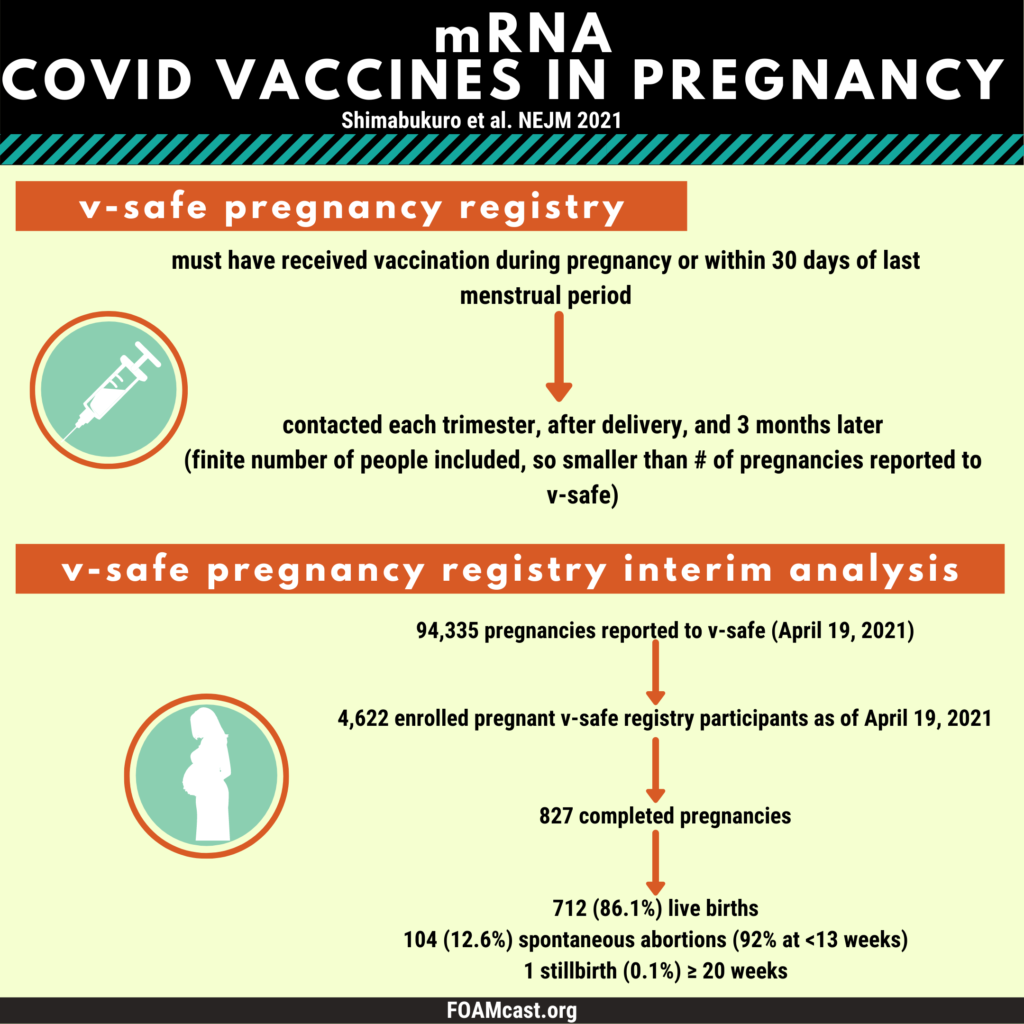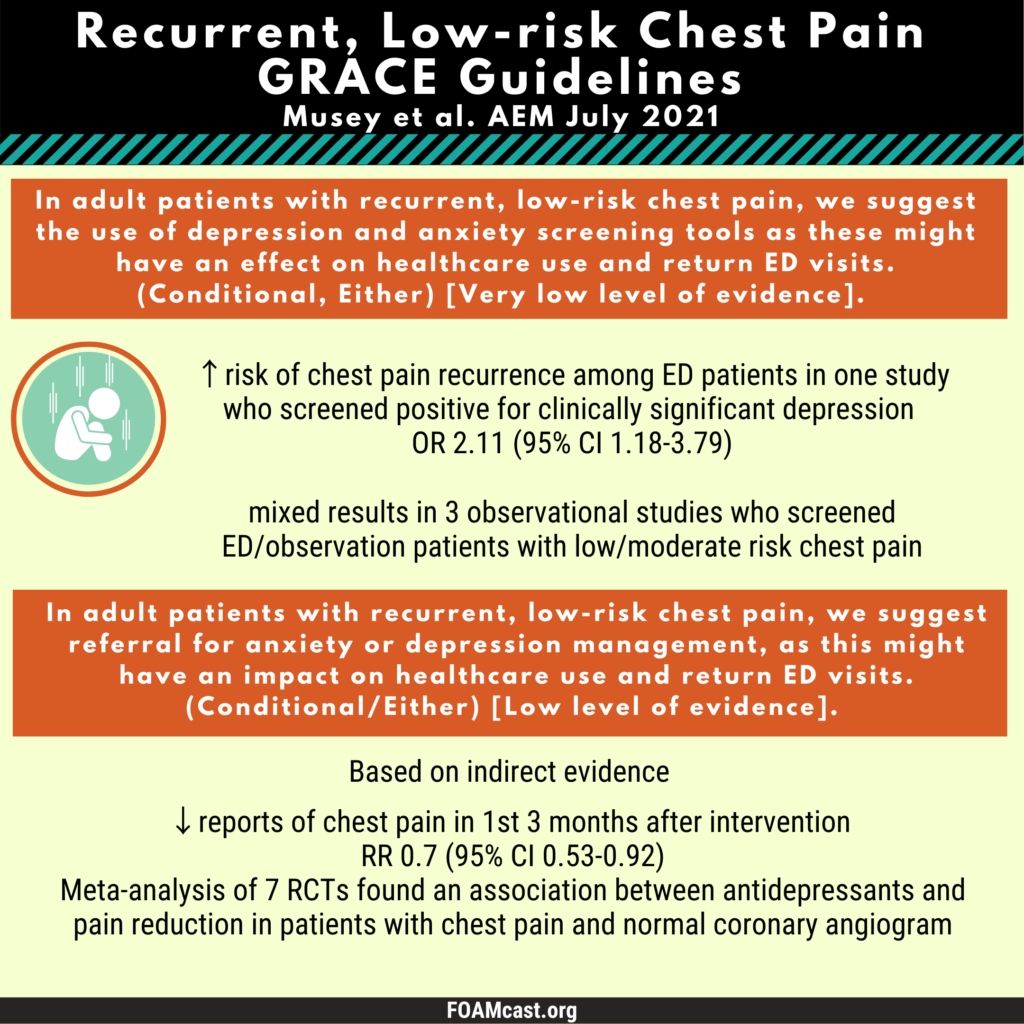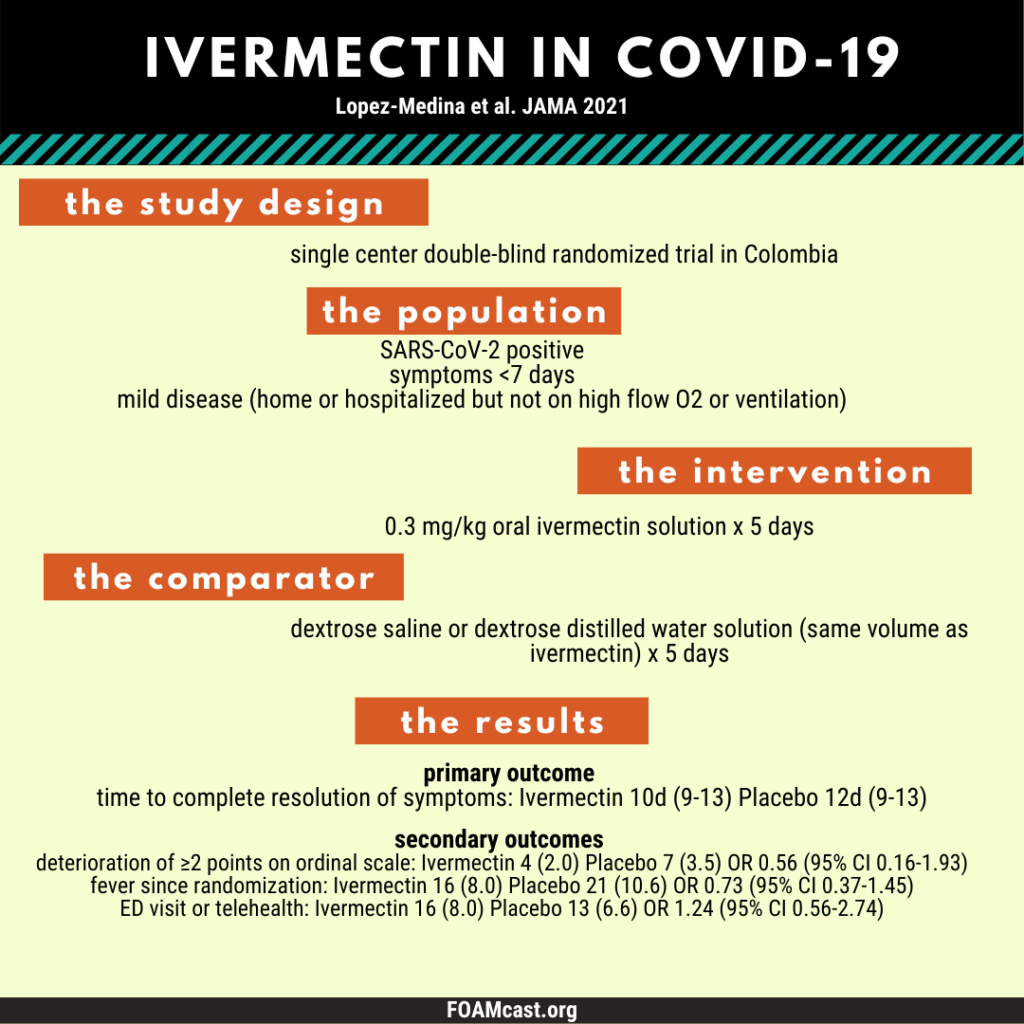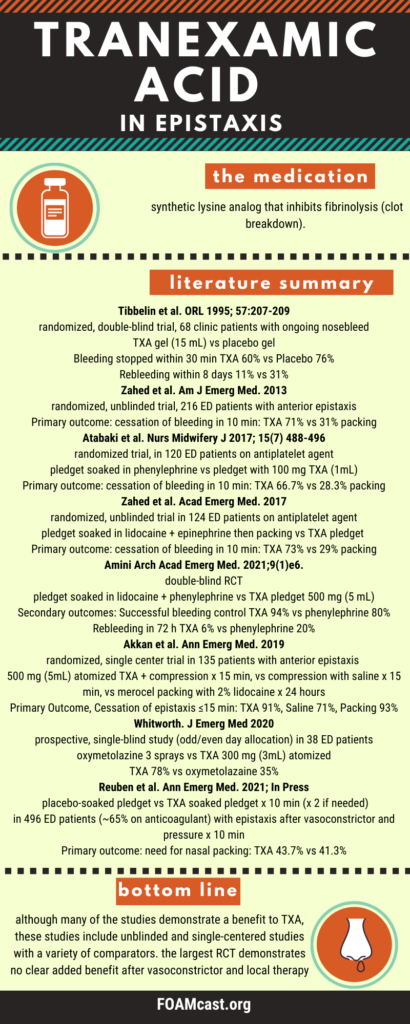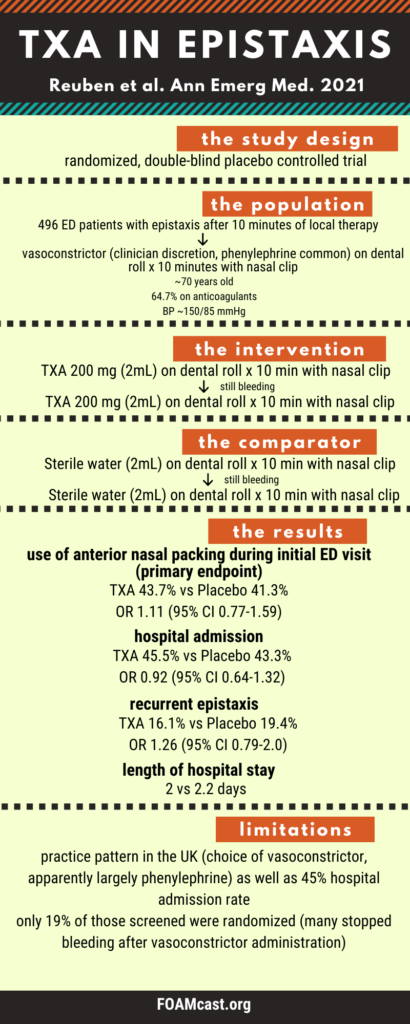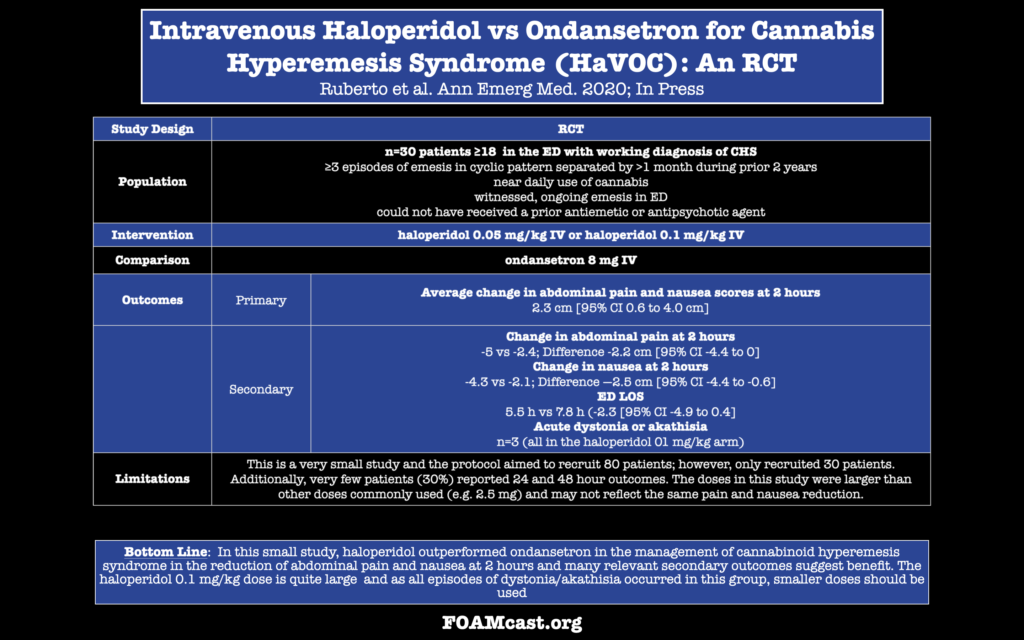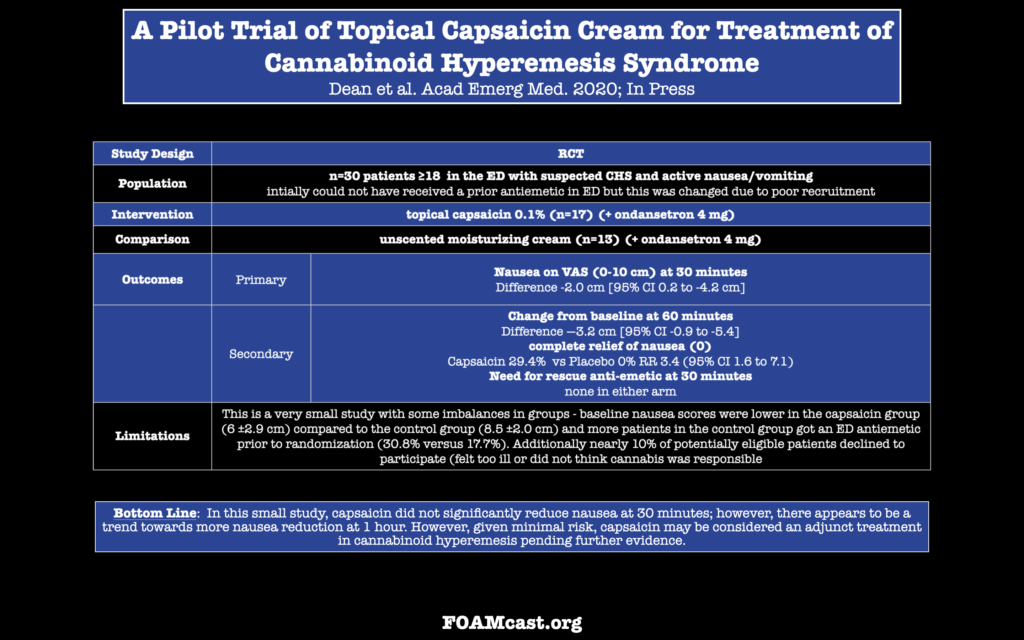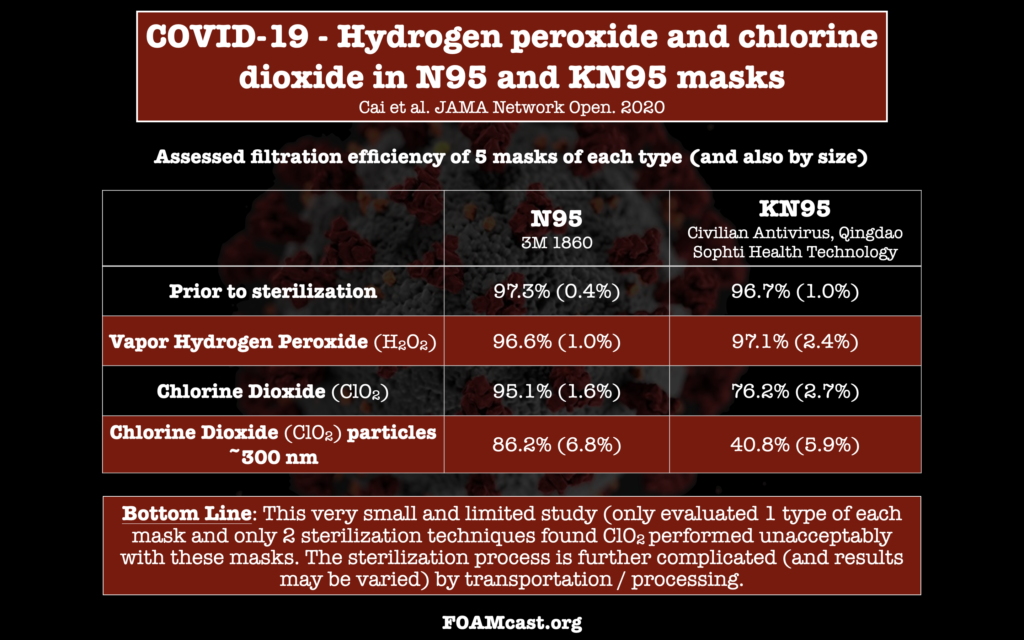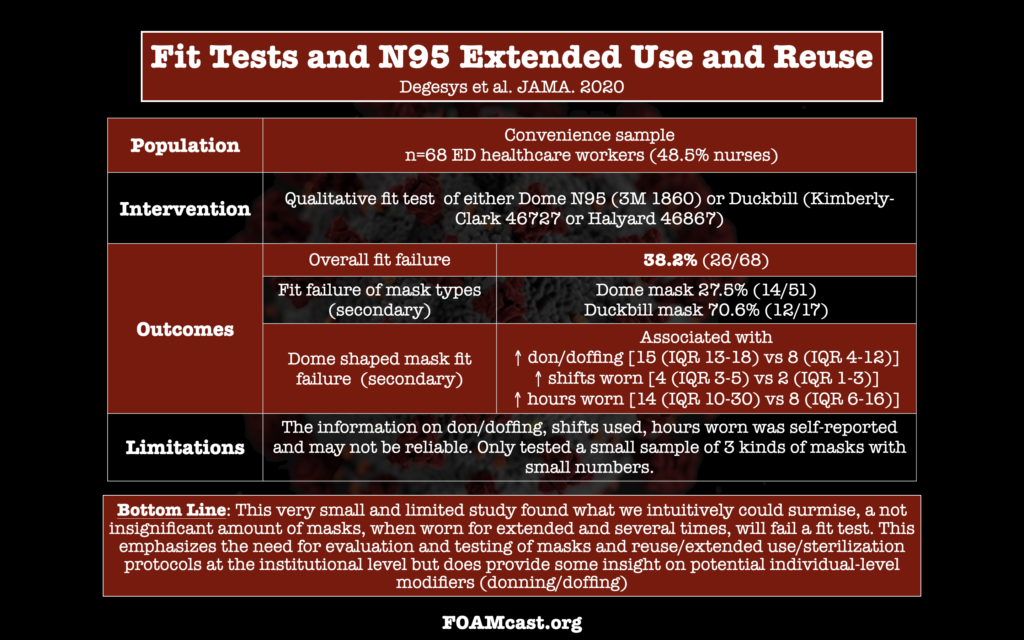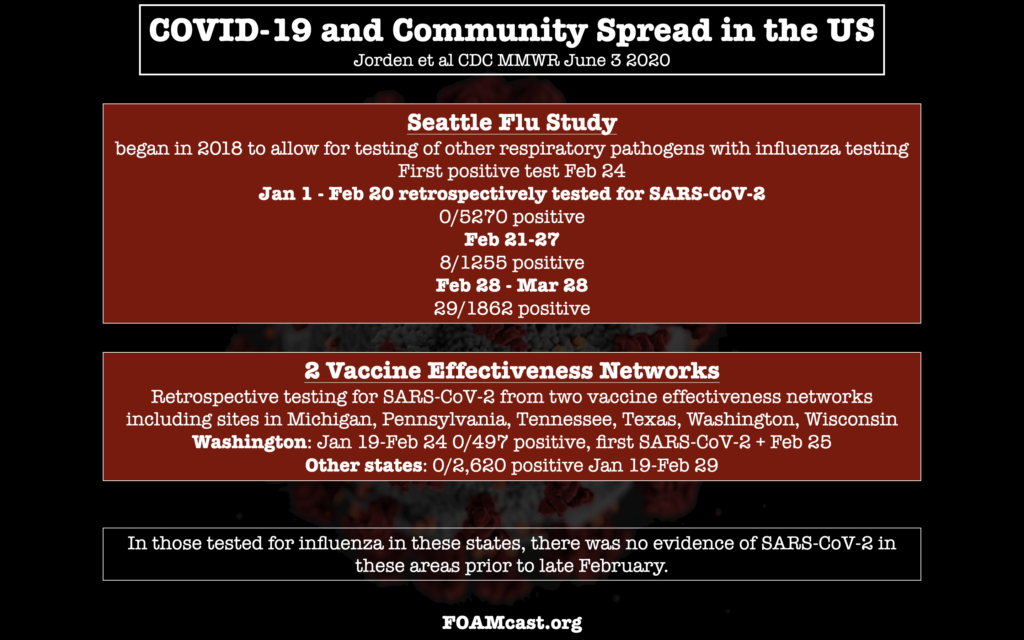updated September 23, 2021
We have several podcasts on the vaccine and specifically in pregnancy. Increasing information on safety has become available, but the basic principles in those podcasts still stand. Podcast on vaccine candidates, podcast on vaccines in pregnancy and lactation, update on vaccines in pregnancy. In May 2021, a large CDC registry of the COVID-19 vaccine in pregnancy was published by Shimabukuro et al. The CDC is tracking pregnant patients who receive the COVID-19 vaccine in 2 ways: (1) the V-safe program (enroll at time of immunization using QR code provided in materials you receive and (2) a pregnancy registry (~5,000 individuals enrolled out of initial V-safe pregnancy population. In the pregnancy registry, the CDC is calling pregnant patients each trimester and post-partum and obtaining records from the obstetric provider. These data have demonstrated no increased risk of pregnancy loss, preterm birth, or congenital anomalies. Of note, many of the pregnancies were not complete at that time, as individuals immunized in the first trimester still had ongoing pregnancies. These data are demonstrated in the graphics below.
The American College of Obstetrics and Gynecology (ACOG) released an updated statement on July 30, 2021 that: recommends that pregnant and lactating individuals be vaccinated against COVID-19. Additionally, the document reinforces that the claims linking COVID-19 vaccines to infertility are unfounded and have no scientific evidence supporting them, recommending vaccination for all eligible people who may consider future pregnancy. Further, although women < 50 years old may receive any COVID-19 vaccine, there is an increased but very rare risk of thrombosis with thrombocytopenia syndrome after the Janssen/Johnson & Johnson vaccine and they may opt for an mRNA vaccine instead (Pfizer or Moderna). The Society for Maternal-Fetal Medicine (SMFM) supports these statements.
A multidisciplinary group at the University of Massachusetts Medical School-Baystate has created decision aids to help pregnant people decide if the COVID-19 vaccine is right for them, which can be found here in 10 languages.
